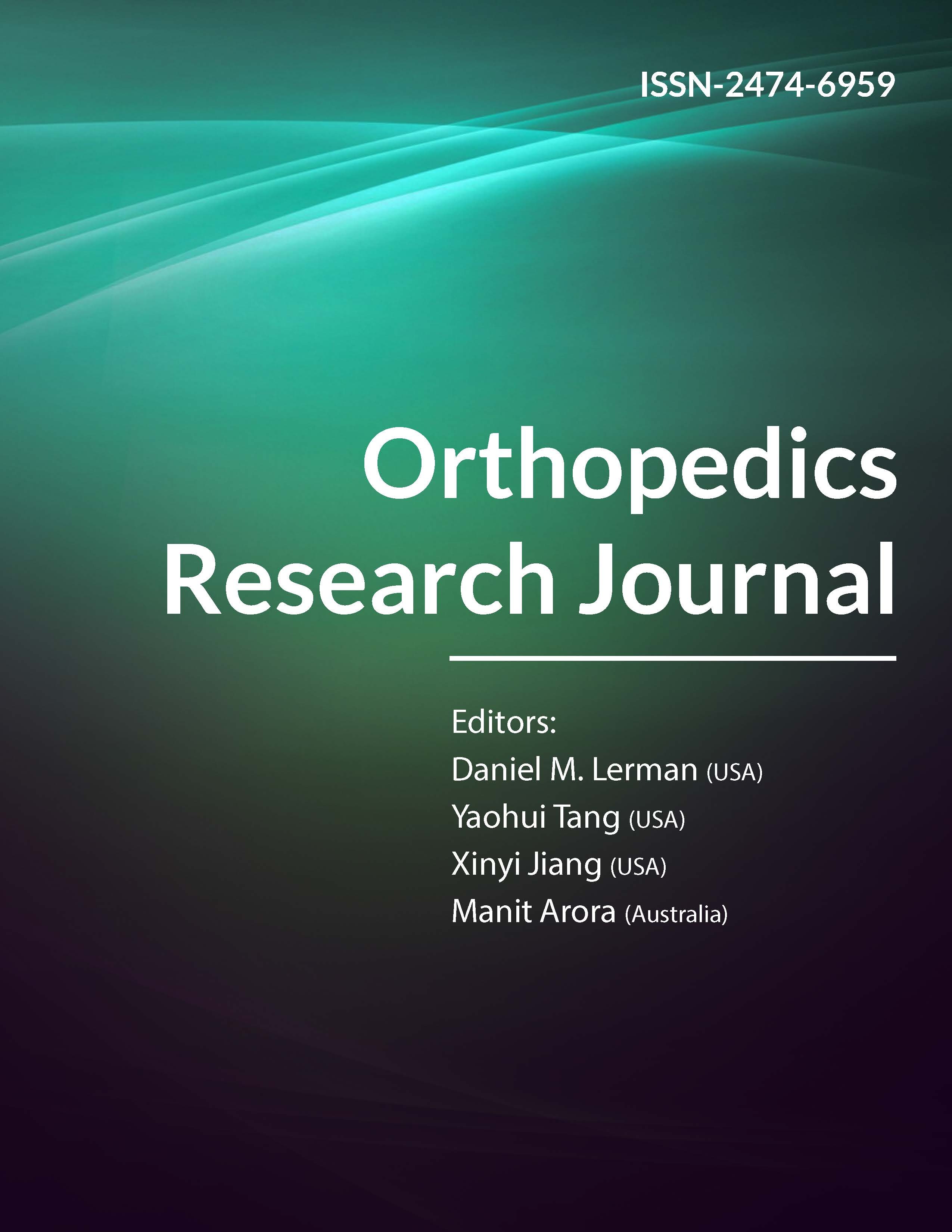
Information Links
Previous Issues Volume 1, Issue 2 - 2016
Anatomical Modifications for Bipedal Locomotion in Modern Humans: A Mini Review
Ahmed Al-Imam*1,2
1Novel Psychoactive substances unit, University of Hertfordshire Doctoral College, Hertfordshire University, UK.
2Department of Anatomy and Cellular Biology, college of Medicine, University of Baghdad, Iraq.
Corresponding Author: Ahmed Al-Imam, Novel Psychoactive substances unit, University of Hertfordshire Doctoral College, Hertfordshire University, UK, Tel: +44 (0) 7482 571679; E-Mail: [email protected]
Received Date: 30 Mar 2017
Accepted Date: 31 May 2017
Published Date: 31 May 2017
Copyright © 2017 Al-Imam A
Citation: Al-Imam A. (2017). Anatomical Modifications for Bipedal Locomotion in Modern Humans: A Mini Review. Mathews J Orthop. 2(1): 016.
ABSTRACT
Several attributes are especial for primates, some of these are even more unique in humans. These may not be limited to; energy-saving bipedal posture and locomotion, complex manual skills and tool making abilities, social and cultural organisation, augmented cranial capacity, a more developed frontal lobe, and language proficiency. From a Darwinian point of view, erect posture was achieved to free the hands for tool-making. However, more recent theories suggested that bipedal locomotion was related to environmental factors which led to the advent of distinctive and remarkable anatomical features for a form of locomotion that is more energy-economic than quadrupedal locomotion. The purpose of this mini-review is to elaborate on the critical biomechanical and anatomical adaptations in modern human which enabled an energy-efficient form of bipedalism; this form of locomotion is never seen in other species including primates. These anatomic features and adaptations include; adjustments to the general body architectural plan, in addition to cranial and postcranial modifications. The latter is debated to be the most critical for a stable and fuel-efficient upright walking, other anatomic adaptation were parallel and complimentary. The most significant of these anatomical changes took place post-cranially at the level of the pelvis. Some of these changes can be found in Australopithecus afarensis dating back to 3.6 million years ago.